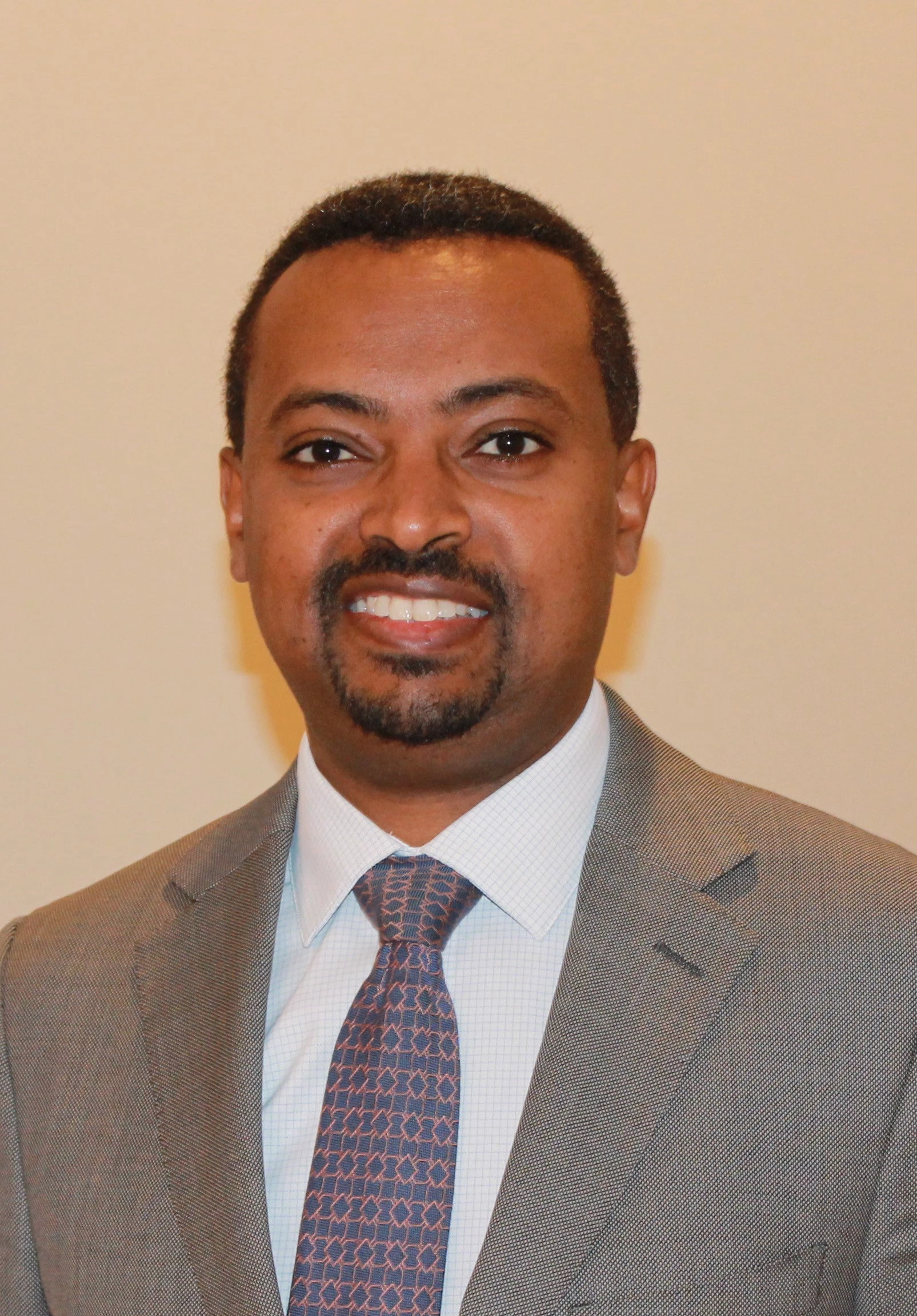It is early March of 2023 in Dar es Salaam, and the Tanzania Meteorological Authority has issued a warning for heavy rain. All of Dar es Salaam’s core emergency response agencies are meeting at the Emergency Operations Center (EOC) to strategize on how to respond to potential flooding across the city. Dr. Christopher Mnzava, the former Coordinator of the Dar es Salaam Multi-Agency Emergency Response Team (DarMAERT), cannot resist feeling great pride in how far the team in the room has come.
DarMAERT was formed as an ad-hoc team about 12 years ago during the emergency operation responding to the accidental explosion of an ammunition depot in the Gongo la Mboto area of Dar es Salaam. A few emergency responders noticed the lack of coordination of resources and expertise during this operation and quickly decided to form a technical team to advise the government and coordinate emergency response operations on the ground.
Today, that team continues to operate. Its core members are mainly first responders and include members of Dar es Salaam’s Regional Secretariat, municipalities, the Tanzania Red Cross Society, the Police, the Fire and Rescue Force, hospitals, and ambulance services. DarMAERT also has other member agencies that participate in operations as needed, such as utility companies and the private sector.
From the start, the team had a clear mission and strong will to help its city but not always the support. For years, DarMAERT struggled with limited technical capacity and inadequate emergency response equipment. And it was facing a formidable foe: rapid urbanization and growing risks from climate change and disasters, particularly frequent flooding.
The World Bank, in partnership with the United Kingdom’s Foreign, Commonwealth, and Development Office, initiated a program to strengthen DarMAERT’s capacity through its Tanzania Urban Resilience Program (TURP), which ran from 2016 to 2022.
The program supported DarMAERT in expanding its emergency communication capability and building a digital Emergency Management Information System to disseminate emergency information . This support has in turn strengthened the EOC’s functions and significantly reduced response time.
Useful during COVID
DarMAERT was quick to capitalize on its improvements during Dar’s COVID-19 response by giving communication training to all ambulance drivers and using the information system to facilitate timely dispatch of ambulances.
TURP and DarMAERT also co-designed and delivered a training, exercises, and drills program. Over a period of two years, 40 staff from DarMAERT benefited from extensive training on the concepts and coordination of response operations, emergency response planning, operating in an EOC environment, information management, resources management, and the roles and responsibilities of each agency. The team was able to test its knowledge through simulations and real-time flood emergency exercises.
DarMAERT developed several documents that now guide its operations, such as its Emergency Response Plan, which was reviewed and updated twice, in 2017 and 2020, and other key operating guidelines. DarMAERT and TURP also worked together on an oft-overlooked aspect of preparedness: public awareness. To reduce drowning accidents and deaths related to floods during heavy rains in 2020 and 2021, DarMAERT launched a public awareness campaign through traditional and social media.
DarMAERT’s ability to quickly respond to emergencies has also demonstrated the need for a formalization and establishment of a dedicated technical team to coordinate response operations, and contributed to the new Tanzania Disaster Management Act of 2022, which stipulates the formation, at national, regional, and council levels, of Disaster Management Technical Committees to coordinate disaster risk management and provide technical advice to leadership.
Similarly, the success of DarMAERT’s multi-hazard EOC has led teams from other Tanzanian cities, such as Kagera and Mwanza, to come to Dar es Salaam to learn from its experience. Seeing how the World Bank support has improved DarMAERT’s capacity, other development partners have leveraged the platform established by TURP and are providing additional support to sustain these efforts.
The US Centers for Disease Control, for example, supported the EOC to improve its communications capability while the UN’s World Food Program provided training in piloting drones for rapid damage assessments.
DarMAERT may have been formed more than a decade ago to respond to one specific emergency but it has grown into an exemplary team that has completely revolutionized how emergency response is approached in Tanzania.
“We decided that, okay, our number one objective is to have unified communication,” recalled Dr. Christopher Mnzava in March, reflecting on the patchwork of response systems that existed before. He was perhaps being modest, for if the changes it has sparked across Tanzania are anything to go by, DarMAERT has done far more than just communicate: it has made a lasting example.




Join the Conversation